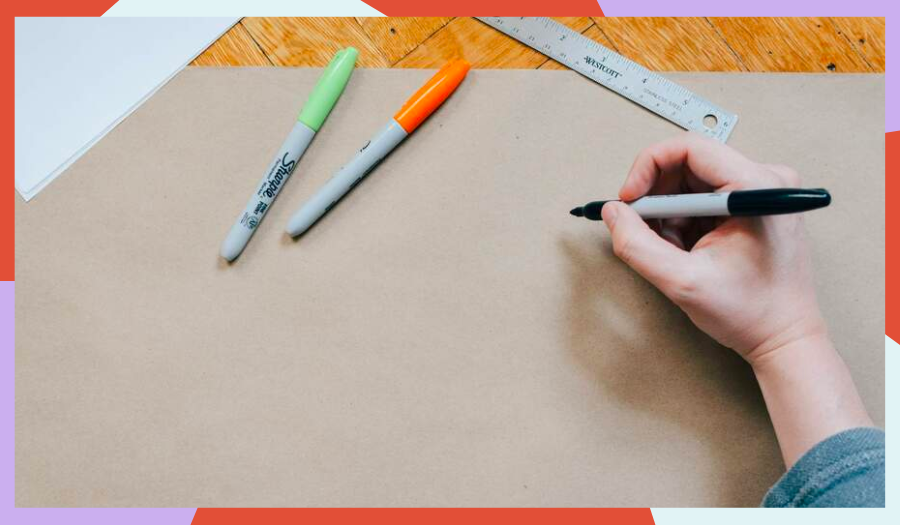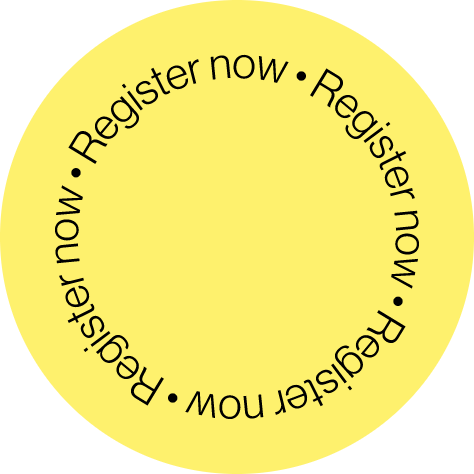What do you think of when you think about design?
Is it the wrapper on your favourite chocolate bar?
Is it an app that monitors your overall health?
Is it the journey of signing up to vote online?
If you answered 'yes' to any of the above, you’re totally right. Although they are all very different services and products, they are all design born and bred.
Design has dramatically changed from the years of typesetting by hand and poster creation.
We’ve encountered a new breed of designers who don’t just ‘make things pretty’ but instead use their particular methodology of solving problems to tackle larger, more important problems that we, as humans, all face. From finding a new method of hydration to helping patients with terminal diseases cope better on a daily basis through digital products – design is taking on a newer and more important role in the daily lives of everyone. No longer just aesthetic based, design has taken on a more important and encompassing role, as have designers.
Today, designers are not only being used for their visual designing skills, but simply for the way that they think in order to solve a problem.
Design Thinking is a term coined by Peter Rowe in his 1987 book of the same name, where he outlines the thought and research process taken by architects and urban planners. Today in all aspects of design we see this process at work, it differs from a more scientific approach to problem solving, whereby it starts with a goal of a better future rather than a problem. This new breed of designers are well versed in what it means to design for the user, keeping the consumer at the forefront of the process. When this method of thinking is applied from stage one in the design process, rather than just touching up the graphics at the end, you find that products and services create such a deeper connection with the user and will be chosen over other products.
Design-led innovation firms such as IDEO, DesignStudio and Doblin have really taken on this school of thought, making a name for themselves in the design world as studios that create innovative solutions for human needs. These solutions can come in many different forms, such as a product, service, or an entire business redesign – the main aim here is to catalyse growth. It’s not that aesthetics never come into the equation, of course they do – and that is a very important part of designing for people, it’s just that aesthetics is not where the process ends. They are dominating the design arena, turning simple branding and communications agencies on their heads by being able to offer a service that is far more substantial than a simple redesign of a logo. These future-focused designers are hybrids - strategists and creatives - who think bold marrying right and left brain thinking, and with a firm resolve of making a difference.
Whilst the world will always value well designed imagery – the fact is that design thinking is far more powerful than typography.
We now see designers at the heads of companies, implementing design from the top down. These are the companies that are more successful, and the ones we’ve all heard about. Think about Apple, Ford, IBM, Airbnb – all companies that are design-led and are reaping the benefits. It’s about time that designer minds got the credit that they are due and the spot in the boardroom that they deserve.
Design firms like the above are always on the lookout for interesting, new talent. People that are hybrids in the field. Someone who can think strategically and analytically, but who can also visually present data, or create innovative packaging for newly designed products. The industry will need service designers, product designers, UI/UX designers, visual designers, Design researchers, design strategists, business designers and many many more creative thinkers that care about design changing the world. It’s an interesting and new era at the frontier of the design world that is ever changing and gaining momentum.



